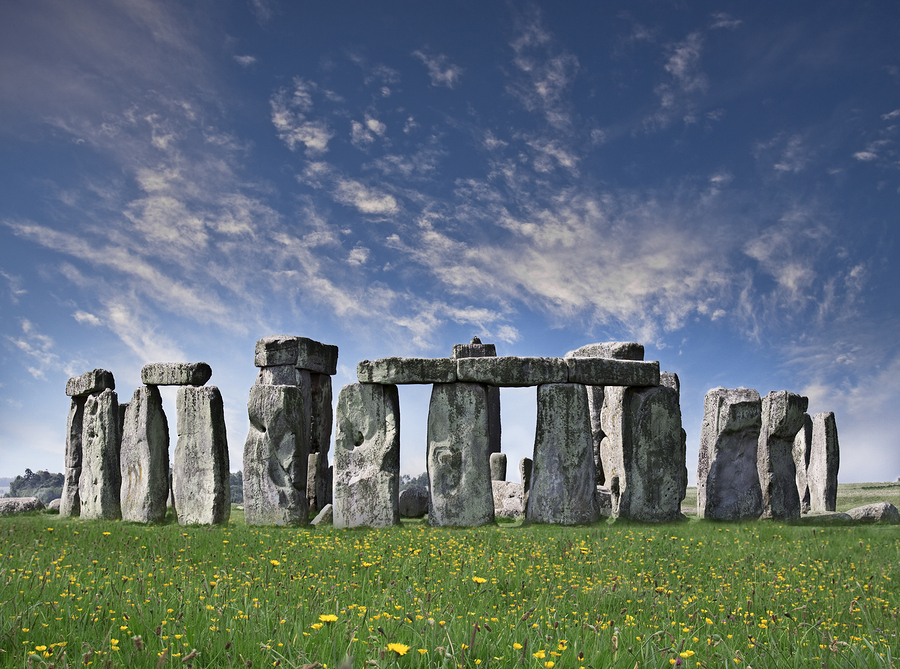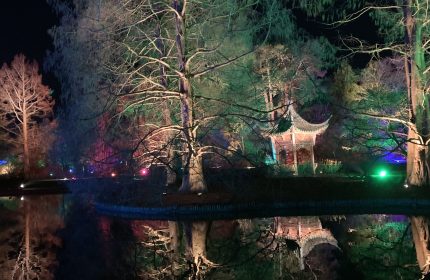The best UNESCO World Heritage Sites in Britain
Visiting a World Heritage Site is a great way to learn about the history of a new place when you’re travelling – but what about closer to home? Here in Britain we’re lucky enough to have 28 designated UNESCO World Heritage Sites right in our backyard, and from amazing architecture to stunning landscapes, each showcases a unique aspect of life and history in the UK.
Ready to go? Here’s our pick of the best UNESCO sites in the UK…
- Old Town Edinburgh
Edinburgh has firmly been Scotland’s capital since the 15th century, so it’s no surprise there is history here. From Edinburgh Castle, the medieval fortress, cobbled streets and winding closes that dominate the Old Town, to the neoclassical architecture that makes the New Town distinct, one look at the area makes it obvious why this city is a cultural highlight.

Royal Botanical Gardens at Kew London
The Royal Botanic Gardens at Kew in London attract visitors in the thousands, but it’s the garden’s huge contributions to the study of plant diversity and economic botany since it first opened in 1759 that helped land it on UNESCO’s list. Visit and you’ll find one of the best gardens in the world – stunning landscape gardens, exotic plant collections, amazing glasshouses and stunning examples of botanical art are just a few of the things that await.
 The prehistoric monuments at Stonehenge and Avesbury are among the most famous in the world, and have been a topic of almost constant speculation since being first discovered in the early medieval period. From an ancient Roman temple, to a meeting place for the Druids, a primitive calendar, or perhaps a centre of healing, one thing is clear – whatever the original purpose of Stonehenge, the structure is still as impressive thousands of years later.
The prehistoric monuments at Stonehenge and Avesbury are among the most famous in the world, and have been a topic of almost constant speculation since being first discovered in the early medieval period. From an ancient Roman temple, to a meeting place for the Druids, a primitive calendar, or perhaps a centre of healing, one thing is clear – whatever the original purpose of Stonehenge, the structure is still as impressive thousands of years later.
The basalt cliffs that make up the Giant’s Causeway offer some of the most beautiful landscapes in Northern Ireland. Visitors from around the world come to walk along the 40,000 black basalt columns poking out from the sea, formed by volcanic activity more than 50 million years ago.

The ruins of the abandoned village St Kilda with “The Gap” in the background
The Scottish island of St Kilda in the Hebrides is one of the most remote locations on earth – it’s home to rare and endangered birds, and is the largest seabird sanctuary in Europe. The archipelago bears evidence of more than 2,000 years of human occupation, though has been officially uninhabited since the last residents were evacuated in 1930. Today, visitors can take the boat and discover the stunning landscapes that make up the farthest corners of Great Britain.
It’s unusual for an entire city to receive such a prestigious designation, but visit the old town in Bath and it’s not difficult to see why. With its own thermal spring and a history that stretches back as far as Roman times in the 1st century AD, there is history and culture packed into every corner in Bath, from the famous Georgian architecture of the Royal Circus to the Roman Baths that gave the city its name.
Visit the coast at Dorset and East Devon and you’ll find more than 185 million years of the earth’s history on display on the towering cliffs that line the ocean and beaches of this area. This place is significant for so much more than its landscapes, though – the area boasts important fossil sites and its geomorphologic features have helped further the study of earth sciences for some 300 years.

The White Tower – Main castle within the Tower of London and the outer walls in London, England
It’s one of the most iconic buildings in the city of London, drawing tourists from around the world who come to see rooms where famous figures like Elizabeth I and Guy Fawkes were once imprisoned. More than a thousand years of British history are on show here, and its impressive architecture, plus the role it played in key historical events, have helped earn the Tower of London its place on UNESCO’s World Heritage list.
What are your favourite UNESCO World Heritage Sites?



















